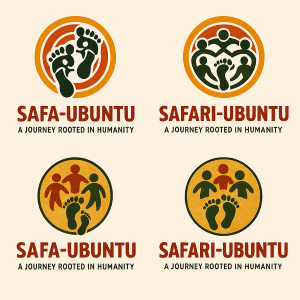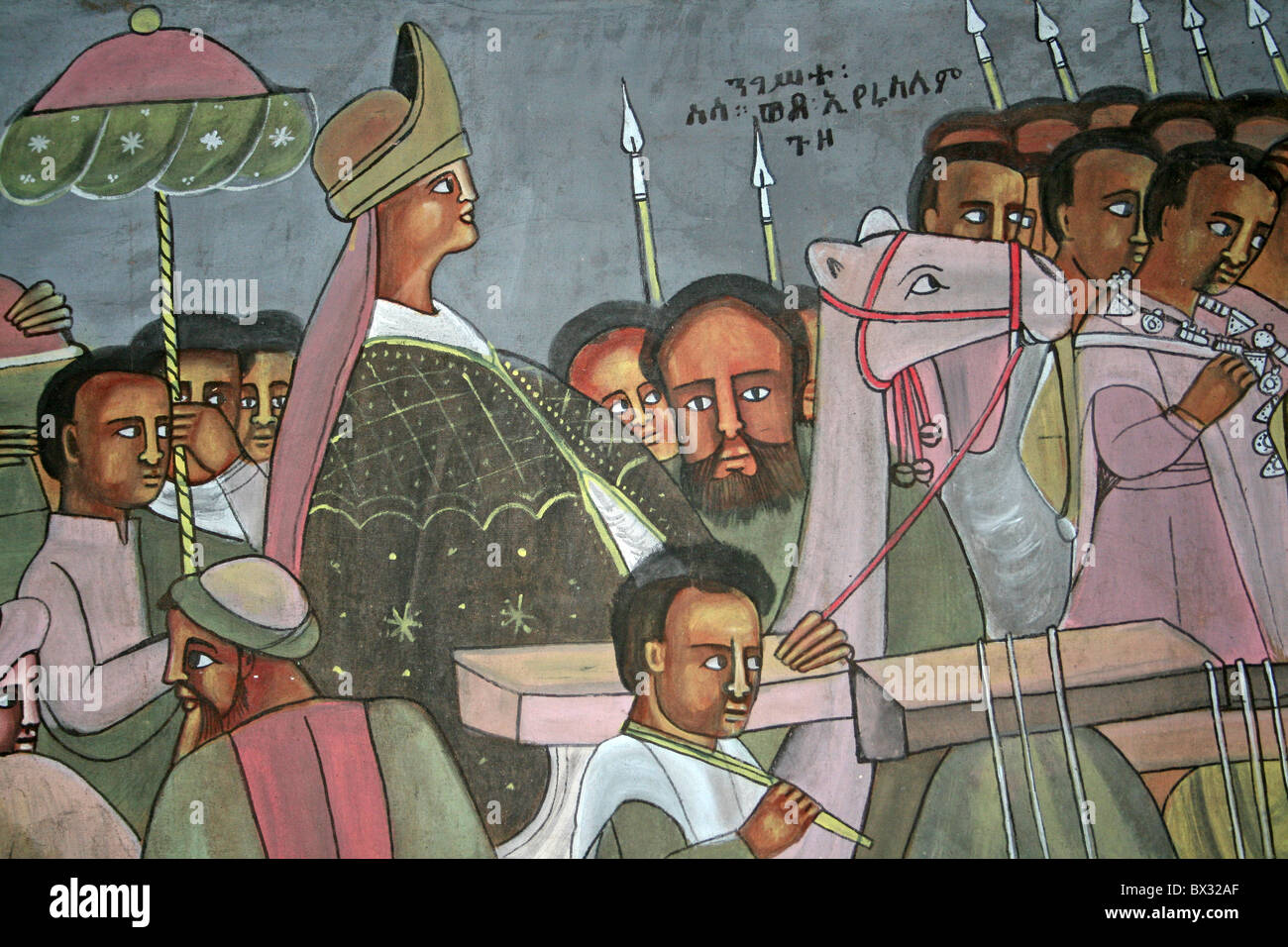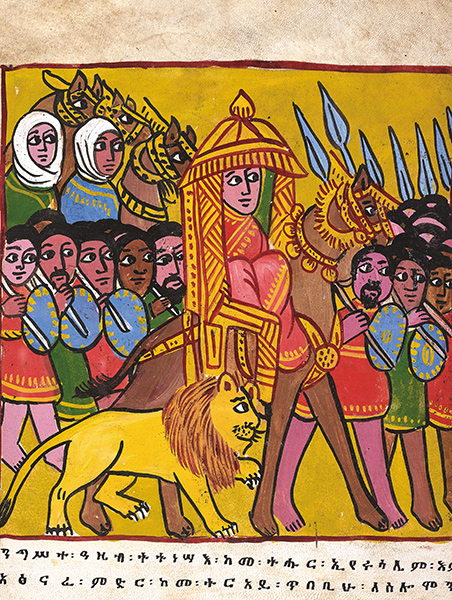Ethiopia- What do you know about Ethiopia

✓ Kingdom of D’mt (c. 10th – 5th Century BCE):
Based in present-day northern Ethiopia and Eritrea.
Known for early writing (Sabaean script), agriculture, and stone architecture.
✓ Kingdom of Aksum (c. 100 CE – 940 CE):
A major African empire and one of the great civilizations of the ancient world.
At its height, Aksum extended into modern-day Sudan, Eritrea, Yemen, and parts of Saudi Arabia.
Had its own written script (Ge'ez), minted its own coins, and engaged in trade with Rome, India, Persia, and Byzantium.
Aksumites built massive stone obelisks, some still standing today (e.g., the famous Obelisk of Axum).
Recognized by the Roman world as one of the four great powers of its time (along with Rome, China, and Persia)

++++++++++++++++++++++++++++++++++++++++++++++++++
Ethiopia: One of the Oldest Civilizations — The Kingdom of D’mt and Aksum
From Stone Temples to Global Trade, Ethiopia’s Ancient Legacy Endures
When we speak of the world’s earliest civilizations, names like Egypt, Mesopotamia, and the Indus Valley often dominate the narrative. Yet, high in the Horn of Africa, long before many empires had risen or fallen, Ethiopia was already laying the foundations of complex society. With a legacy that begins in the Kingdom of D’mt and matures in the legendary Kingdom of Aksum, Ethiopia stands proudly as one of the oldest continuous civilizations in the world.

The Kingdom of D’mt (10th – 5th Century BCE)
Where Ethiopia’s Civilization Took Root
Located in what is now northern Ethiopia and Eritrea, the Kingdom of D’mt flourished nearly 3,000 years ago. Though overshadowed by later empires, D’mt was a crucial stepping stone in the rise of Ethiopian civilization.
Key Features:
-
Early Writing System:
D’mt adopted the Sabaean script, a South Arabian form of writing brought through contact and trade across the Red Sea. This writing laid the groundwork for the development of Ethiopia’s own later scripts. -
Agricultural Innovation:
The people of D’mt practiced terraced farming, using advanced irrigation to grow crops in the rugged highlands — a tradition that survives in modern Ethiopia. -
Stone Architecture:
D’mt is known for constructing stone temples and fortresses, marking the early emergence of state-level organization and religious practices.
While not as well-documented as Egypt or Mesopotamia, D’mt’s archaeological remains — from Yeha, its likely capital, to ruins of palaces and temples — show that Ethiopia’s civilization was already taking deep cultural and technological root by 800 BCE.

The Kingdom of Aksum (c. 100 CE – 940 CE)
Africa’s Ancient Empire That Shaped the World
From the ashes of D’mt and regional successor states rose the mighty Kingdom of Aksum, one of Africa’s greatest empires and a powerhouse of the ancient world. Founded around 100 CE, Aksum grew into a dynamic, independent African civilization that stunned its contemporaries with its strength, culture, and global influence.
The Power and Reach of Aksum:
-
Geographical Expansion:
At its peak, Aksum’s territory stretched across modern-day northern Ethiopia, Eritrea, eastern Sudan, and crossed the Red Sea into Yemen and parts of Saudi Arabia. -
Independent Script – Ge'ez:
Aksum developed its own indigenous script, Ge'ez, a written language that survives today in Ethiopian liturgy. This development marked a cultural independence from earlier South Arabian influences. -
Coin Minting:
Aksum was the first African empire to mint its own coins in gold, silver, and bronze — a sign of its wealth and economic sophistication. These coins bore inscriptions in Ge’ez and Greek and helped facilitate long-distance trade. -
Global Trade Hub:
Aksum’s location near the Red Sea gave it direct access to Rome, India, Persia, and Byzantium. Goods such as ivory, gold, frankincense, and exotic animals flowed through its ports like Adulis, while luxury goods and ideas flowed in. -
Adoption of Christianity (c. 330 CE):
Aksum was one of the first empires to officially adopt Christianity, even before the Roman Empire. King Ezana embraced the new faith and inscribed his victories and faith in stone stelae, showing the fusion of power and belief.
The Obelisks of Aksum: Engineering and Spiritual Marvels
One of Aksum’s most iconic legacies is its monumental obelisks — some standing over 20 meters tall, carved from single pieces of stone. These structures, which predate Christianity in the region, were erected over tombs and royal sites, displaying the empire’s advanced engineering skills and spiritual traditions.
-
The Obelisk of Axum, now restored to its original location, remains a towering symbol of Ethiopian pride and ancient African ingenuity.
Aksum on the World Stage
The Roman Empire itself recognized Aksum’s might. In the 4th century, the Christian historian Rufinus and the Persian prophet Mani both named Aksum as one of the four great powers of the world, along with Rome, China, and Persia. This recognition was not symbolic — Aksum was a geopolitical and spiritual force that influenced trade, religion, and diplomacy from Africa to Asia.
The Legacy Continues
Though Aksum declined around the 10th century, likely due to environmental shifts, Islamic expansion, and changing trade routes, its cultural and religious legacy never vanished. The Ethiopian Orthodox Church, the Ge’ez script, and Ethiopia’s continued independence from colonial conquest all trace their roots back to this era.
Today, the ancient stones of Yeha and Axum are not just archaeological sites — they are sacred ground. They are testimonies to a proud civilization that stood tall and traded freely when much of the world was still finding its footing.
In Conclusion:
Ethiopia’s story is not only old — it is alive.
From D’mt’s carved stones to Aksum’s sky-reaching obelisks, Ethiopia carved its name into the ancient world with wisdom, innovation, and spiritual depth. Few civilizations can claim such a long, proud, and unbroken cultural thread.
Ethiopia didn’t just watch history unfold — it helped write it.
- Questions and Answers
- Opinion
- Motivational and Inspiring Story
- Technology
- Live and Let live
- Focus
- Geopolitics
- Military-Arms/Equipment
- Sicurezza
- Economy
- Beasts of Nations
- Machine Tools-The “Mother Industry”
- Art
- Causes
- Crafts
- Dance
- Drinks
- Film/Movie
- Fitness
- Food
- Giochi
- Gardening
- Health
- Home
- Literature
- Music
- Networking
- Altre informazioni
- Party
- Religion
- Shopping
- Sports
- Theater
- Health and Wellness
- News
- Culture


